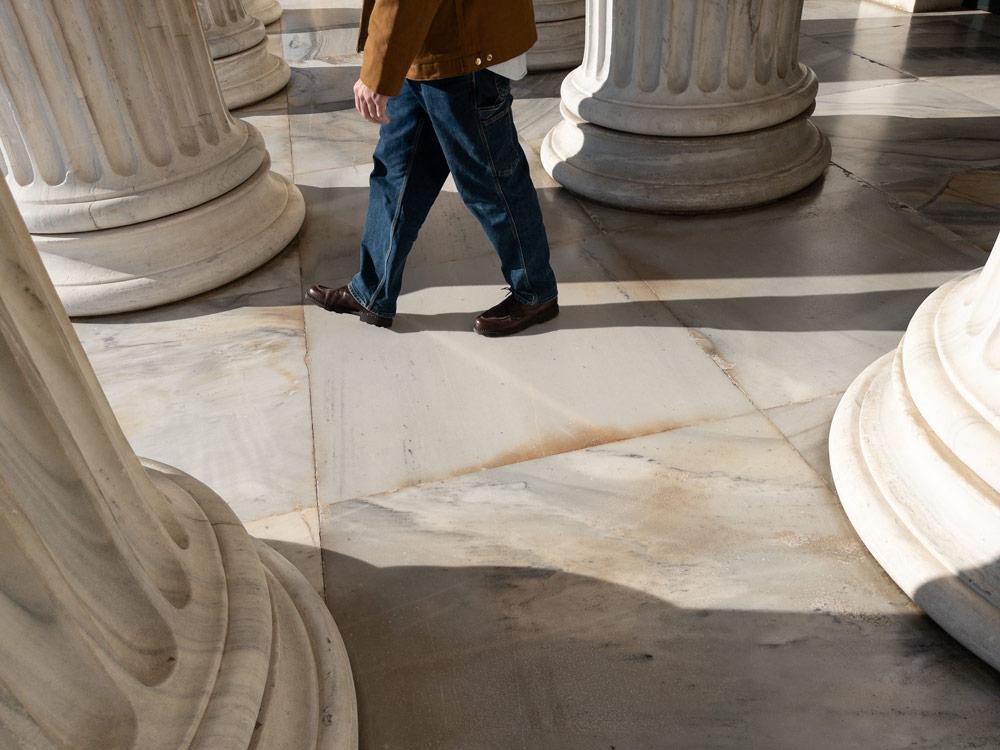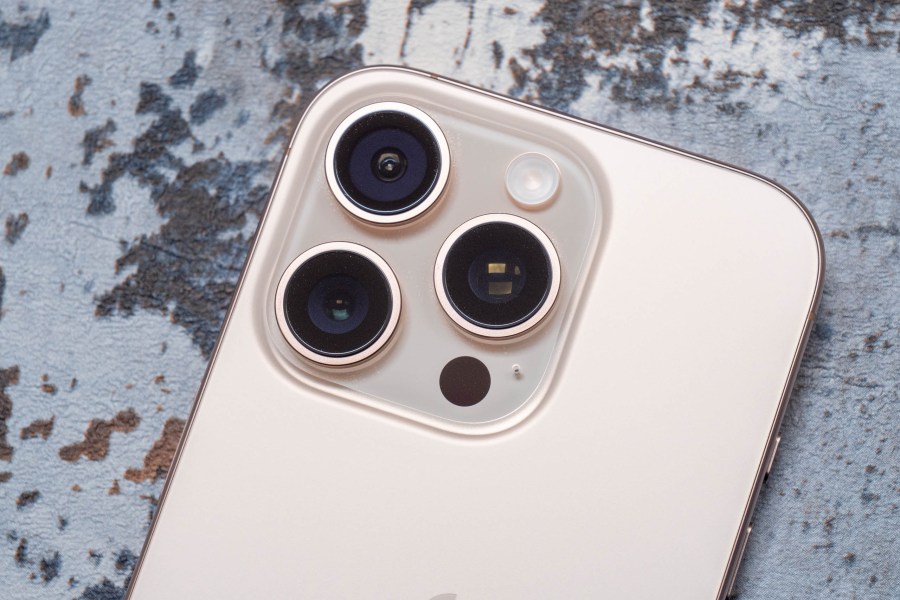iPhones are great smartphones for photography out of the box – but a few simple tweaks can deliver much better shots. Expert smartphone photographer Zach Leon reveals the importance of shooting raw
Makers spend millions making smartphone photography foolproof, but sometimes it’s good to bypass the JPEG processing, AI and other clever tech inside your phone handset – and simply shoot ‘raw.’
This gives you the original ‘raw’ image as captured by your iPhone without too much extra processing, so it puts you back in the driving seat when it comes to creative decisions.
Now, there is nothing wrong with JPEG or all the auto-fix everything and computational photography/AI features now built into iPhones, but as with conventional cameras, it’s useful to know how to shoot raw on your phone. Who doesn’t want the best-possible photos?
Case study: Zach Leon
A lot of pro smartphone photographers now shoot raw as a matter of course. To find out why, we caught up with Zach Leon, a successful iPhone photographer and influencer.
Originally from the US but a digital nomad since 2016, Zach Leon is always travelling and relies upon his iPhone to record his insights, passions and adventures. Below, Zach explains why he often chooses to shoot raw. See his website and @zachtheleon on Instagram. All image credits: Zach Leon.

Take back control
‘If we wish to carry our photo skills over to our phones, shooting raw is a great way to retain control over our images. Rather than relying on your phone to guess at your individual taste, shooting raw practically guarantees you will express it.
For a family photo or casual selfie with friends, the iPhone’s JPEGs do their job well, but if you’ve left your dedicated camera at home or you’d like to take your mobile shots to the next level, consider shooting raw.
With a minimally processed image and exposure controls at your fingertips, you can ensure your creative vision is realised.

Nailing the shot on your iPhone
Shooting raw comes with its benefits, namely extra latitude when you come to edit your images, as no additional processing has been applied by the phone. But what can we do to ensure we’re getting the best results before taking the shot?
Tied for first and second is nailing composition and focus. These two can’t be altered in editing, so it’s important to get them right the first time. Then, my advice regarding composition would be to get in close. I’m a 35mm guy, so I’m not used to the 28mm or wider lens in my phone. I often find myself taking two or three steps closer to get the shot I want.
As for focus, tap your screen where you want to set it, or, if it’s a particularly important shot, shift into manual focus to override the phone’s estimation. Third, and finally, set your exposure as you want it.
If you want dark shadows, make them dark. Relying on post-processing to fix poor/incorrect exposure can be a pain and could unnecessarily degrade your image.

How to activate raw shooting
I prefer to use an iPhone 13 – you’ve been able to shoot raw on iPhones since 2016 – but Android phones are fine for shooting raw, too. Simply go to your iPhone Settings> Camera>Formats, then turn on Apple ProRAW or ProRAW & Resolution Control (depending on your model).

I’ve found that Lightroom Mobile does the trick for me and I use it for both my shooting and editing. In terms of shooting, I’ve added the Lightroom widget to my home screen, making it only one extra gesture away compared to the Apple camera app.
Within the app I can adjust my exposure, white balance, shutter speed and more. After I’ve taken the photo, it appears in the gallery portion of the app, ready to be processed and exported.
The beauty of using Lightroom Mobile is that I can easily access and adjust my presets. Ultimately, this seamless set-up encourages me to shoot raw on my phone whenever I go to take a photo, providing me with exactly what I need to reach my mobile photography goals.

Don’t forget to edit the photos, too
I mentioned Lightroom Mobile earlier, and when shooting raw on your phone, editing is a necessity. You can end up with a flat, seemingly lifeless image, and it’s up to you to revive it. Personally, I start by applying one of my mobile presets. I use these as a base for the sake of consistency, followed by minor, individual adjustments.
Within the presets are general things like tone curve adjustments, tweaks to shadows and highlights, and common colour shifts. Afterward, I’ll make final adjustments to my exposure and white balance, as the presets don’t account for each image’s specific requirements.
It may seem an extra burden, but playing around at the editing stage is half the fun. This is where your taste really comes through – where the photo becomes wholly yours, rather than what the phone maker thinks you want.’

Further reading
I review iPhones for a living: these are the best iPhones for photography







